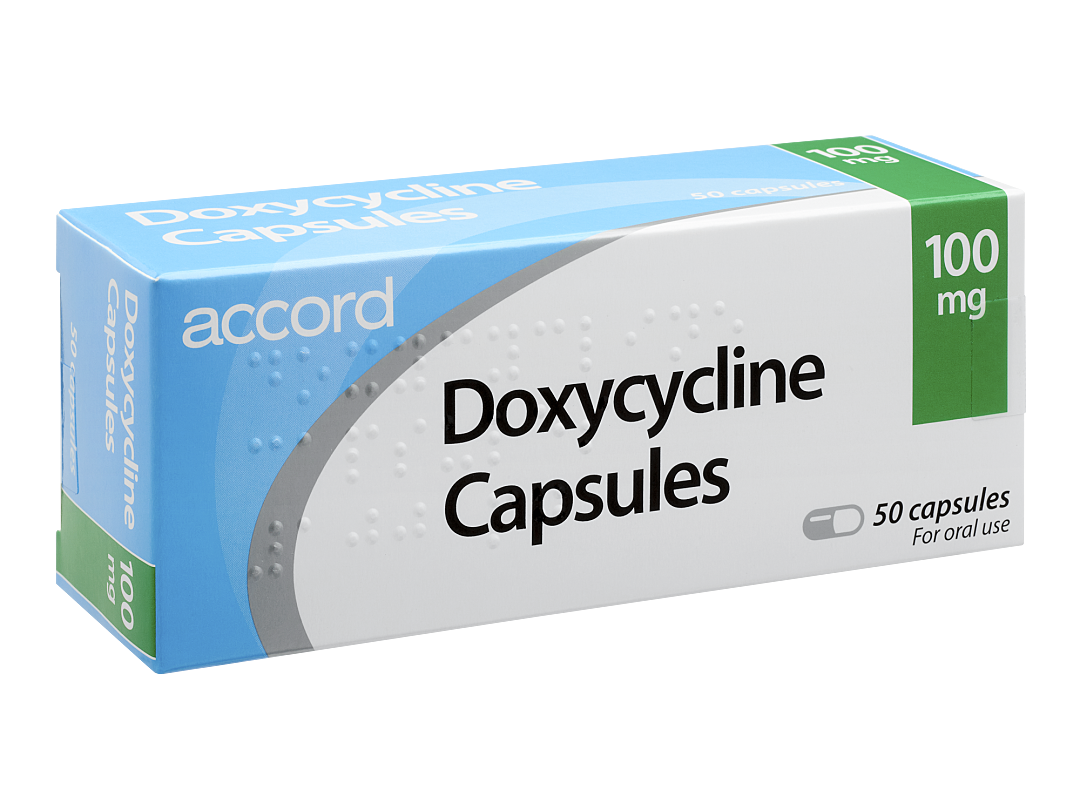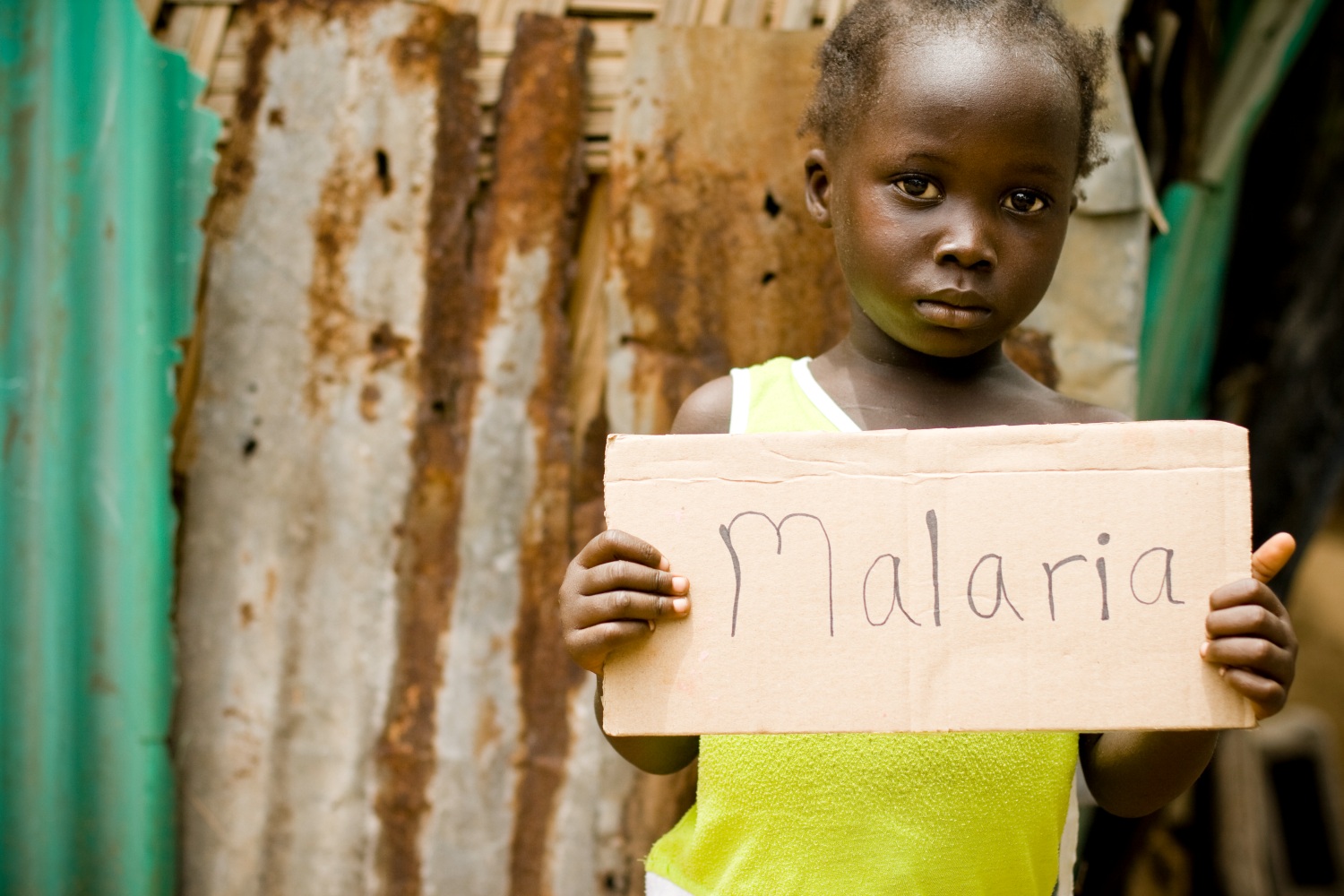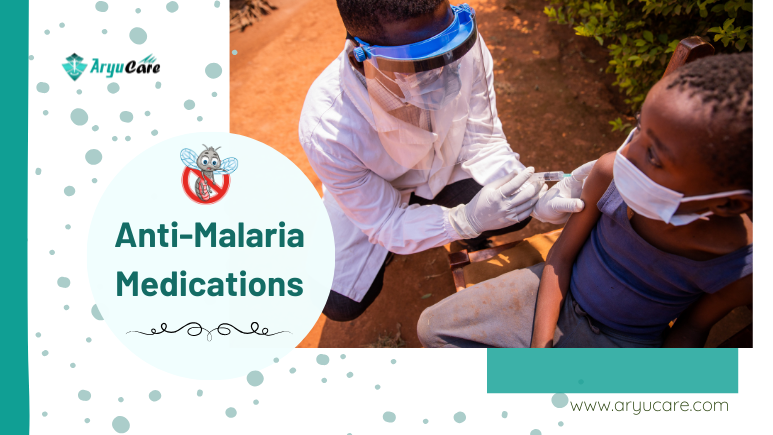Antibiotics
Anti-Malaria Medications: Types, Uses, and How They Work
Malaria remains one of the world’s most persistent health challenges, claiming lives and affecting millions, especially in tropical regions. Fortunately, anti-malaria medications offer a powerful defense, helping prevent and treat this mosquito-borne disease. Whether you’re planning a trip to a high-risk area or seeking clarity on treatment options, understanding these drugs their types, uses, and mechanisms can make all the difference. Let’s explore how these life-saving tools work and why they matter.
What Is Malaria, and Why Do We Need Medications?
Malaria is caused by Plasmodium parasites, transmitted through the bite of infected Anopheles mosquitoes. Once inside the body, these parasites multiply in the liver and red blood cells, triggering symptoms like fever, chills, and fatigue or worse if untreated. Anti-malaria drugs step in to either stop the infection before it starts or fight it off once it’s taken hold, offering protection and relief where vaccines are still limited.
Types of Anti-Malaria Medications
There’s no one-size-fits-all solution for malaria. Different drugs serve distinct purposes prevention, treatment, or both. Here’s a breakdown of the main types:
- Chloroquine
Once a go-to option, chloroquine is still used in areas where the parasite hasn ‘t developed resistance. It’s affordable and effective for both preventing and treating malaria caused by sensitive strains. - Artemisinin-Based Combination Therapies (ACTs)
These are the gold standard for treatment today, combining artemisinin (derived from a plant) with another drug, like lumefantrine or amodiaquine. ACTs tackle resistant strains and work fast to clear parasites from the blood. - Mefloquine
Popular for prevention, mefloquine is taken weekly and suits travelers heading to high-risk zones. It’s strong but can come with side effects like vivid dreams or dizziness. - Doxycycline
This antibiotic doubles as a malaria preventive, taken daily. It’s budget-friendly and widely available, though it’s not ideal for pregnant women or kids under eight. - Atovaquone-Proguanil (Malarone)
A favorite for short trips, this combo prevents and treats malaria with fewer side effects. It’s taken daily and works well against resistant parasites. - Primaquine
Used after treatment, primaquine targets dormant parasites in the liver to prevent relapse, especially for Plasmodium vivax or ovale infections.

How Do These Medications Work?
Anti-malaria drugs attack the parasite at different stages of its life cycle, depending on their purpose:
- Prevention (Prophylaxis): Drugs like doxycycline or atovaquone-proguanil stop parasites from multiplying in the liver or bloodstream before they cause symptoms. Think of them as a shield—keeping the invader at bay.
- Treatment: ACTs and chloroquine go on the offensive, entering the bloodstream to kill parasites in red blood cells. Artemisinin, for instance, produces reactive compounds that damage the parasite, while partner drugs mop up survivors.
- Relapse Prevention: Primaquine dives deeper, wiping out lingering parasites in the liver that could reactivate months later.
Each drug has a unique strategy, but they all aim to disrupt the parasite’s ability to thrive, either by starving it, poisoning it, or breaking its life cycle.
Uses: From Travel to Treatment
These medications serve two primary roles:
- Travel Protection: If you’re visiting a malaria-endemic area like parts of sub-Saharan Africa or Southeast Asia prophylactic drugs are your first line of defense. Start them before your trip (timing varies by drug), continue during your stay, and finish the course afterward.
- Fighting Active Infections: For those diagnosed with malaria, treatment drugs like ACTs or chloroquine (where effective) clear the parasite quickly, reducing severe risks like organ damage.
Doctors choose the right option based on factors like the malaria strain, your location, and your health profile.

Benefits and Challenges
These medications have transformed malaria management:
- Lives Saved: ACTs alone have slashed death rates by targeting resistant strains.
- Accessibility: Options like doxycycline are affordable and widely stocked.
- Flexibility: From weekly doses to daily pills, there’s a fit for different lifestyles.
But challenges linger. Resistance is growing, side effects can deter use, and access remains spotty in remote areas. Pairing meds with mosquito nets and repellents is still key for full protection.
Tips for Safe Use
- Consult a doctor: Your travel plans or symptoms will guide the best choice. Some drugs aren’t safe for pregnancy or certain conditions.
- Follow the Schedule: Skipping doses reduces effectiveness, especially for prevention.
- Watch for Side Effects: Nausea or headaches are common but manageable report severe reactions promptly.
The Bigger Picture
Anti-malaria drugs aren’t just pills they’re part of a global fight against a disease that’s plagued humanity for centuries. While research pushes for better vaccines, these medications remain a cornerstone of prevention and recovery. Whether you’re safeguarding a vacation or battling an infection, understanding how they work empowers you to act.

FAQs About Malaria and Anti-Malaria Medications
1. What causes malaria?
Malaria is triggered by Plasmodium parasites, spread through bites from infected Anopheles mosquitoes. It affects the liver and red blood cells, leading to symptoms like fever and chills.
2. What are the common symptoms of malaria?
Typical signs include high fever, sweating, chills, headache, muscle aches, and fatigue. Severe cases might involve confusion, breathing issues, or organ failure.
3. How can I prevent malaria?
Use mosquito nets, wear long sleeves, apply insect repellent, and take preventive medications like doxycycline or atovaquone-proguanil when traveling to high-risk areas.
4. What are anti-malaria medications?
These are drugs designed to prevent or treat malaria. They include options like chloroquine, artemisinin-based therapies, and primaquine, each targeting the parasite differently.
5. How do anti-malaria drugs work?
They either stop parasites from multiplying in the liver or blood (prevention) or kill them in the bloodstream (treatment), disrupting their life cycle to halt the infection.
6. Which medication is best for malaria prevention?
It depends on your trip and health. Atovaquone-proguanil is popular for short travel, mefloquine suits longer stays, and doxycycline is a budget-friendly daily option—consult a doctor.
7. Can malaria be cured completely?
Yes, with prompt treatment using drugs like artemisinin-based combinations, most cases clear up. Some types, like Plasmodium vivax, may need extra meds to prevent relapse.
8. How long do I need to take preventive drugs?
Start varies 1-2 days before travel for atovaquone-proguanil, up to 1-2 weeks for mefloquine. Continue during your stay and usually 1-4 weeks after, depending on the drug.
9. Are there side effects to these medications?
Yes, mild ones like nausea, headaches, or dizziness are common. Rarer issues, like vivid dreams with mefloquine or severe allergic reactions, might need medical attention.
10. Who should avoid anti-malaria drugs?
People with certain conditions (e.g., severe liver issues, G6PD deficiency for primaquine) or on conflicting meds (e.g., heart drugs) should avoid specific options—check with a doctor.
11. What happens if malaria goes untreated?
Without treatment, it can worsen, causing anemia, organ damage, or death, especially in kids or pregnant women. Early action is critical.
12. Can I get malaria more than once?
Yes, surviving one infection doesn’t grant full immunity. Different strains or reinfection from new bites can strike again, though partial resistance may develop in endemic areas.
13. Are anti-malaria drugs safe during pregnancy?
Some, like chloroquine, are considered safe, while others, like doxycycline, aren’t. Pregnant travelers or patients need tailored advice from a healthcare provider.
14. Where is malaria most common?
It’s widespread in tropical regions like sub-Saharan Africa, parts of Asia, and Latin America. Check travel advisories for specific risk zones.


